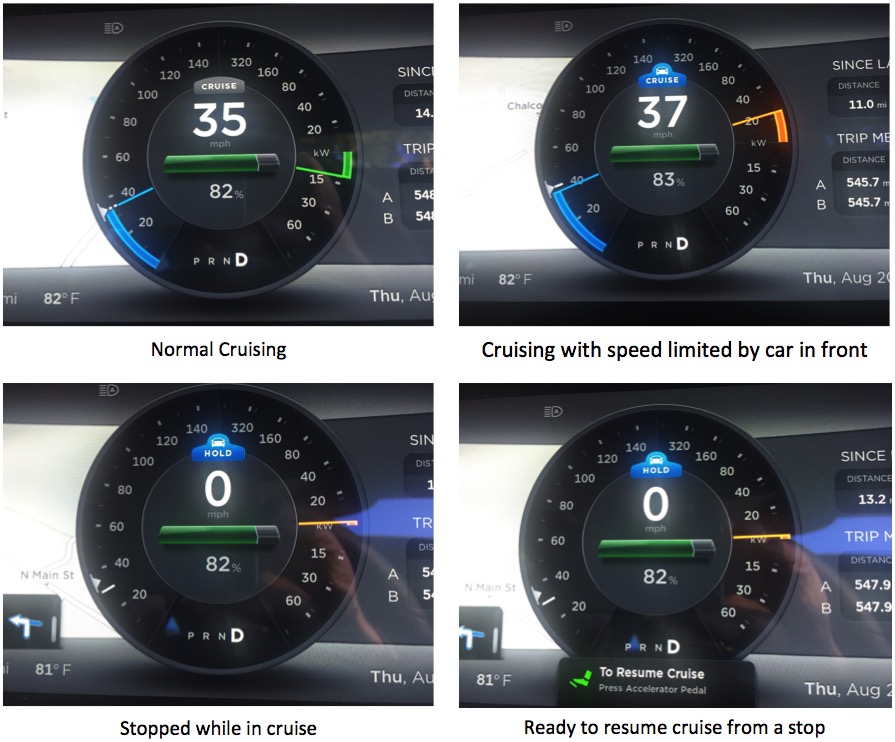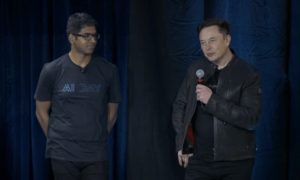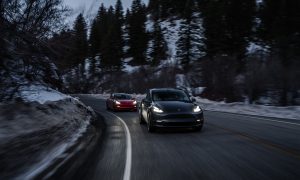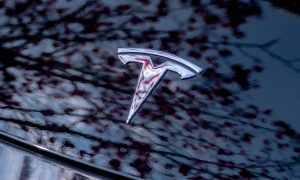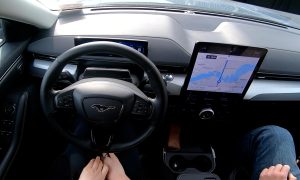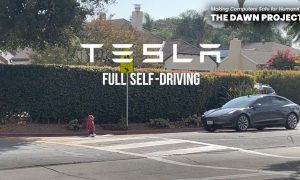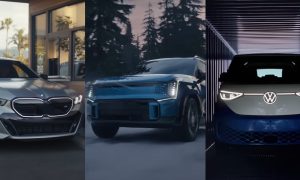Firmware
My First Experience with Tesla Autopilot Features
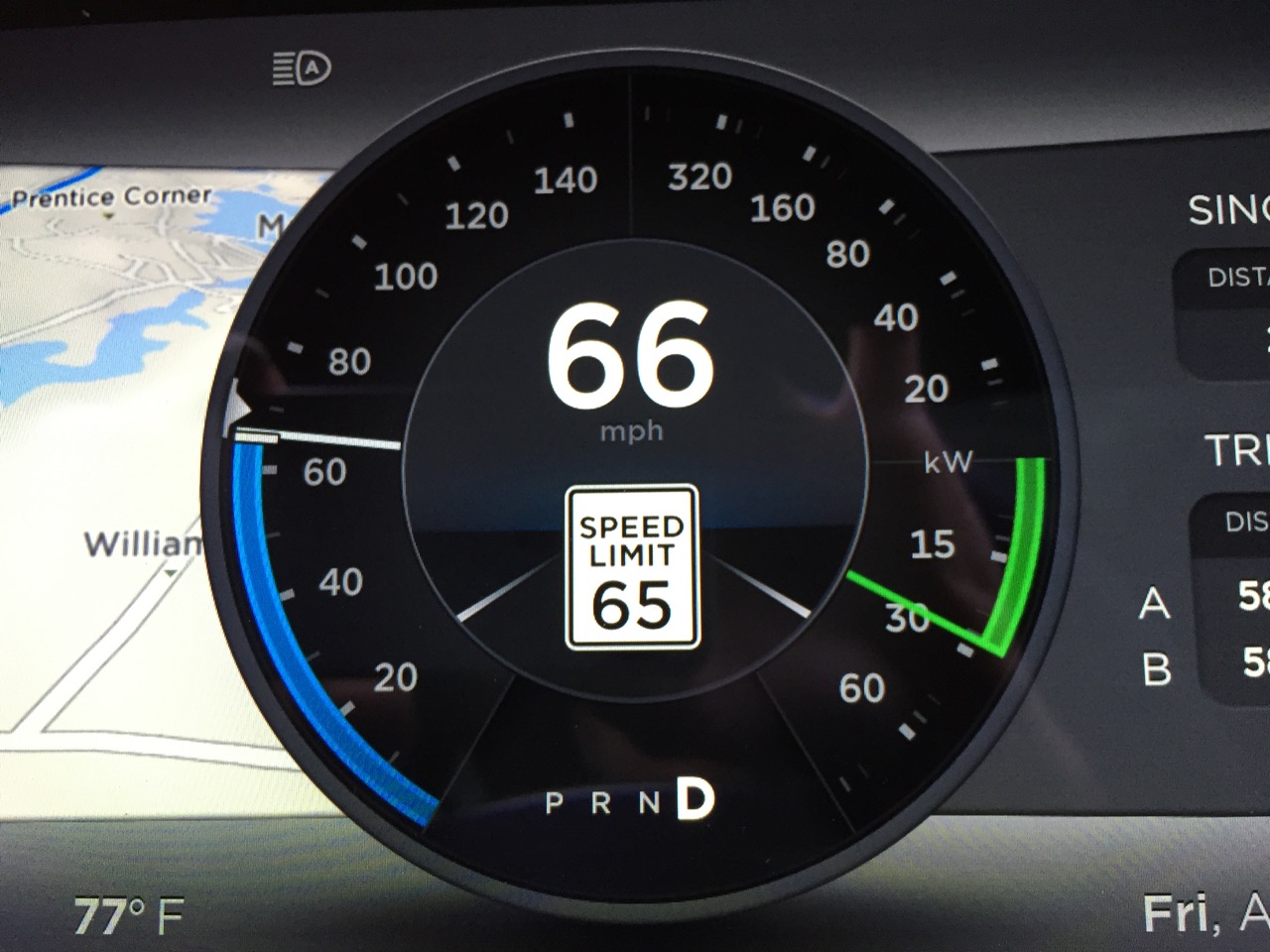
Being a pre-autopilot Model S owner from early 2014, I’ve been living vicariously through the experiences of other Model S owners that have experienced the new Autopilot features.
That was until recently when I was able to finally land a Tesla Model S loaner that came equipped with the autopilot hardware. Here’s my review of the features.
Current Capabilities of Autopilot
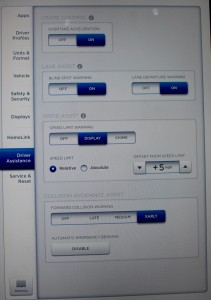 The currently available Tesla firmware, 6.2, is a trimmed down version of what Autopilot will eventually be able to do. The upcoming firmware 7.0 promises the long-awaited Auto-steering capability, but until then, Autopilot is limited to the following features:
The currently available Tesla firmware, 6.2, is a trimmed down version of what Autopilot will eventually be able to do. The upcoming firmware 7.0 promises the long-awaited Auto-steering capability, but until then, Autopilot is limited to the following features:
- It can detect current speed limit and notify/indicate it on the speedometer.
- It has adaptive cruise control that adjusts to speed of cars in front
- It has overtake acceleration
- It has lane departure and blind spot warnings
- It has collision avoidance
- It has auto high beams which also come with the autopilot hardware.
I won’t be covering all of these in depth, but will touch on a few of these features.
What Autopilot Currently Lacks
The current version of autopilot does not steer the car on its own, yet. It will not automatically keep your car in lane and it will not swerve to avoid an obstacle, but it will, however, perform braking on its own. Automatic parking and automatic retrieval of the vehicle is also not yet available.
It’s safe to say that anything that requires the car to steer on its own is not yet available with the current software.
Another notable feature that was missing from the current version of Autopilot was the ability to track speed limits when cruise control was enabled. In other words, you can set a fixed cruising speed, but it will not automatically adjust to speed limit signs.
The system also does not automatically adjust the car to stop signs and traffic lights, so you very much need to be in control of the car at all times.
Testing Speed Assist
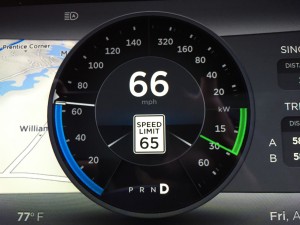 Tesla describes speed assist as the ability to detect speed limit signs through its front facing camera. The
Tesla describes speed assist as the ability to detect speed limit signs through its front facing camera. The
signs are then analyzed and compared against GPS data to determine the speed limit at your current driving location. For routes where no
signs are present, speed limits are determined using GPS data (if available). Instead of determining the speed limit based on signs and GPS data, you can also manually enter an
arbitrary speed limit.
I tested Speed Assist through several smaller backroads across town and found that it consistently reported the right speed limit. I noticed a slight delay before it picked up the speed limit changes, but it always took place within 10 seconds of detecting a new sign. Once you exceed the speed limit threshold, the blue analog speed indicator begins to turn white.
For me, I prefer a mode where the speed limit sign pops up on the speedometer once you exceed your threshold. The audible ding that comes with the Model S gets old, fast.
Lane Departure Warning
This feature emits a slight vibration and buzzing sound whenever you get too close to the traffic lines on roads. The vibration and noise is very slight and can be overlooked. I found the feature to be not that useful considering the car is not able to correct you back into lane, but that will soon change once the Auto-steering controls arrive in Firmware 7.0.
Blind Spot/Collision Avoidance
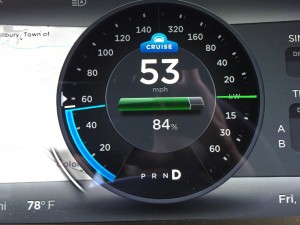 I hadn’t intended on testing this functionality with my loaner, but at one point with my adaptive cruise control on, my Model S loaner quickly caught up to the car in front and decided to treat it as an impending collision. I didn’t have time to take a picture of the screen but I can say that it applied the brakes aggressively. It’s reassuring to know that the car has me covered in a variety of situations by constantly scanning for adverse driving situations.
I hadn’t intended on testing this functionality with my loaner, but at one point with my adaptive cruise control on, my Model S loaner quickly caught up to the car in front and decided to treat it as an impending collision. I didn’t have time to take a picture of the screen but I can say that it applied the brakes aggressively. It’s reassuring to know that the car has me covered in a variety of situations by constantly scanning for adverse driving situations.
SEE: [Video] Tesla Model S Traffic Aware Cruise Control (TACC) in Action
My only concern with Tesla’s collision avoidance system is any false alarms that may ensue because of heavy snow, fog, or even large insects that may come into contact with the sensors. I’m sure the system is intelligent enough to differentiate between a true collision versus adverse weather conditions and inanimate objects, but only time will tell how it works out in the long run.
I found the blind spot detection to be helpful and the indicators not that annoying. A little white indicator outside the speedometer will appear as cars enter the Model S blind spots.
Auto High Beams
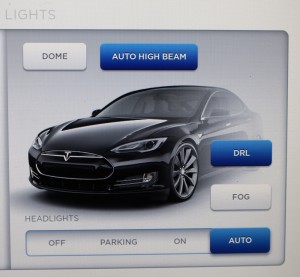 I drive a lot of back roads and deserted highways and I use my high beams any time I can. I’m very conscious of the impact to other drivers so I’m forever flipping them on and off.
I drive a lot of back roads and deserted highways and I use my high beams any time I can. I’m very conscious of the impact to other drivers so I’m forever flipping them on and off.
Auto high beams on the Model S completely eliminates the need to think about it. It did as close to what I would have done, to the extent that I’d never have to think about high beams ever again. I loved it and wish I had it on my pre-Autopilot hardware-equipped Model S. Very cool.
Overtake Acceleration
I read the instructions and understand the concept, but the acceleration is so slight that I didn’t notice it actually overtaking a car. Maybe I didn’t test it right since I didn’t have much time to play with it.
Traffic Aware Cruise Control (TACC)
I spent the most time playing with the traffic aware cruise control (TACC) feature. First, I have to start by admitting that I’m a cruise control junkie — I use it all the time. On highways, back roads, etc. Basically, unless there’s a ton of traffic, I have cruise control on pretty much all the time. This helps me avoid speeding (far too easy in the Model S) and I love the way I can change cruise control speed on the Model S.
With TACC enabled, you pick a trailing distance between your car and the car in front of you by twisting the cruise control stalk. You have options from 1 to 7 with 7 being the furthest away from the car in front.
On back roads when cruising between 25mph and 50mph, having a setting of 7 resulted in a distance that was a bit far from the car in front, and I found that the reaction time of the TACC automatic braking was slower than I anticipated, resulting in heavy braking.
The software is behaving as if there’s a fixed distance between you and the car in front and thus aggressively slows down if the car in front aggressively slows, even if there’s a large buffer. This braking behavior had me not wanting to try it at settings below 7. The slow reaction time by the system is what set off the collision avoidance system that one time.
Even at a setting of 7 I had a few moments where I knew the system was going to stop but was afraid the guy behind me was going to plow into the rear of the car. This behavior needs to be refined.
The TACC system has a number of displays as follows:
The little hat on the speedometer is the currently set cruise control speed. The solid white or dashed line is what it thinks the current speed limit is — solid if its sure, dashed if its not sure or changing.
If a traffic stop is brief the system won’t go into hold mode and will immediately go back to following the car in front when it starts moving again (awesome for creeping traffic!). If the stop is longer, you need to tell it to resume the cruise by pressing the accelerator pedal, or by using the cruise resume function on the stalk.
I prefer the cruise resume function from the steering wheel as it prevents me from accidentally pressing the accelerator too hard. It didn’t feel natural to press the accelerator pedal when the car in front hasn’t moved yet. If you happen to resume cruise control too early, your car won’t move until the car in front of you begins to move.
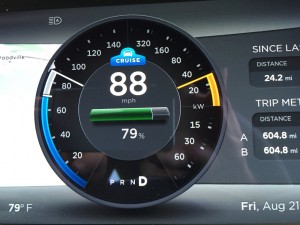 The experience is much smoother on the highway. You can, for example, set your cruise control at 90 mph, although not recommended, but Tesla allows you to set that as the maximum cruise control speed.
The experience is much smoother on the highway. You can, for example, set your cruise control at 90 mph, although not recommended, but Tesla allows you to set that as the maximum cruise control speed.
Overall I really like the TACC feature, but it’s still a bit choppy for my tastes.
Summary
The new Autopilot features (Firmware 6.2) on my Model S loaner was very cool and generally worked well. The nature of the autopilot hardware makes it prohibitively expensive for Tesla to offer it as an upgrade. For me it was great to experience features that newer generations of the Model S come equipped with, but more importantly it gave me a glimpse into what the future holds for Autopilot. Meanwhile I’m still loving my Model S as-is – well, when I get it back from a drive unit replacement, but that’s a whole other story.
Firmware
Tesla mobile app shows signs of upcoming FSD subscriptions
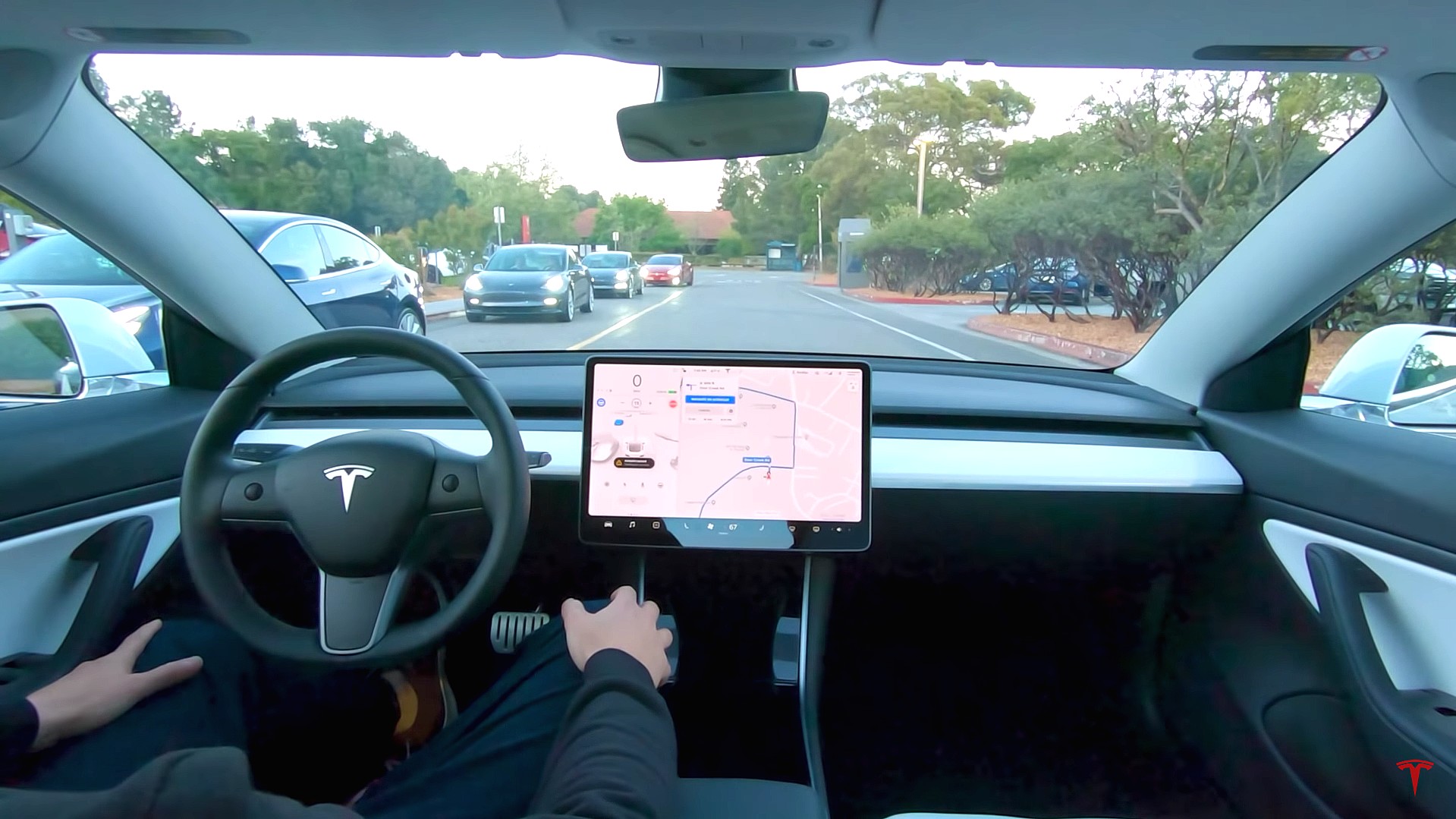
It appears that Tesla may be preparing to roll out some subscription-based services soon. Based on the observations of a Wales-based Model 3 owner who performed some reverse-engineering on the Tesla mobile app, it seems that the electric car maker has added a new “Subscribe” option beside the “Buy” option within the “Upgrades” tab, at least behind the scenes.
A screenshot of the new option was posted in the r/TeslaMotors subreddit, and while the Tesla owner in question, u/Callump01, admitted that the screenshot looks like something that could be easily fabricated, he did submit proof of his reverse-engineering to the community’s moderators. The moderators of the r/TeslaMotors subreddit confirmed the legitimacy of the Model 3 owner’s work, further suggesting that subscription options may indeed be coming to Tesla owners soon.
Did some reverse engineering on the app and Tesla looks to be preparing for subscriptions? from r/teslamotors
Tesla’s Full Self-Driving suite has been heavily speculated to be offered as a subscription option, similar to the company’s Premium Connectivity feature. And back in April, noted Tesla hacker @greentheonly stated that the company’s vehicles already had the source codes for a pay-as-you-go subscription model. The Tesla hacker suggested then that Tesla would likely release such a feature by the end of the year — something that Elon Musk also suggested in the first-quarter earnings call. “I think we will offer Full Self-Driving as a subscription service, but it will be probably towards the end of this year,” Musk stated.
While the signs for an upcoming FSD subscription option seem to be getting more and more prominent as the year approaches its final quarter, the details for such a feature are still quite slim. Pricing for FSD subscriptions, for example, have not been teased by Elon Musk yet, though he has stated on Twitter that purchasing the suite upfront would be more worth it in the long term. References to the feature in the vehicles’ source code, and now in the Tesla mobile app, also listed no references to pricing.
The idea of FSD subscriptions could prove quite popular among electric car owners, especially since it would allow budget-conscious customers to make the most out of the company’s driver-assist and self-driving systems without committing to the features’ full price. The current price of the Full Self-Driving suite is no joke, after all, being listed at $8,000 on top of a vehicle’s cost. By offering subscriptions to features like Navigate on Autopilot with automatic lane changes, owners could gain access to advanced functions only as they are needed.
Elon Musk, for his part, has explained that ultimately, he still believes that purchasing the Full Self-Driving suite outright provides the most value to customers, as it is an investment that would pay off in the future. “I should say, it will still make sense to buy FSD as an option as in our view, buying FSD is an investment in the future. And we are confident that it is an investment that will pay off to the consumer – to the benefit of the consumer.” Musk said.
Firmware
Tesla rolls out speed limit sign recognition and green traffic light alert in new update
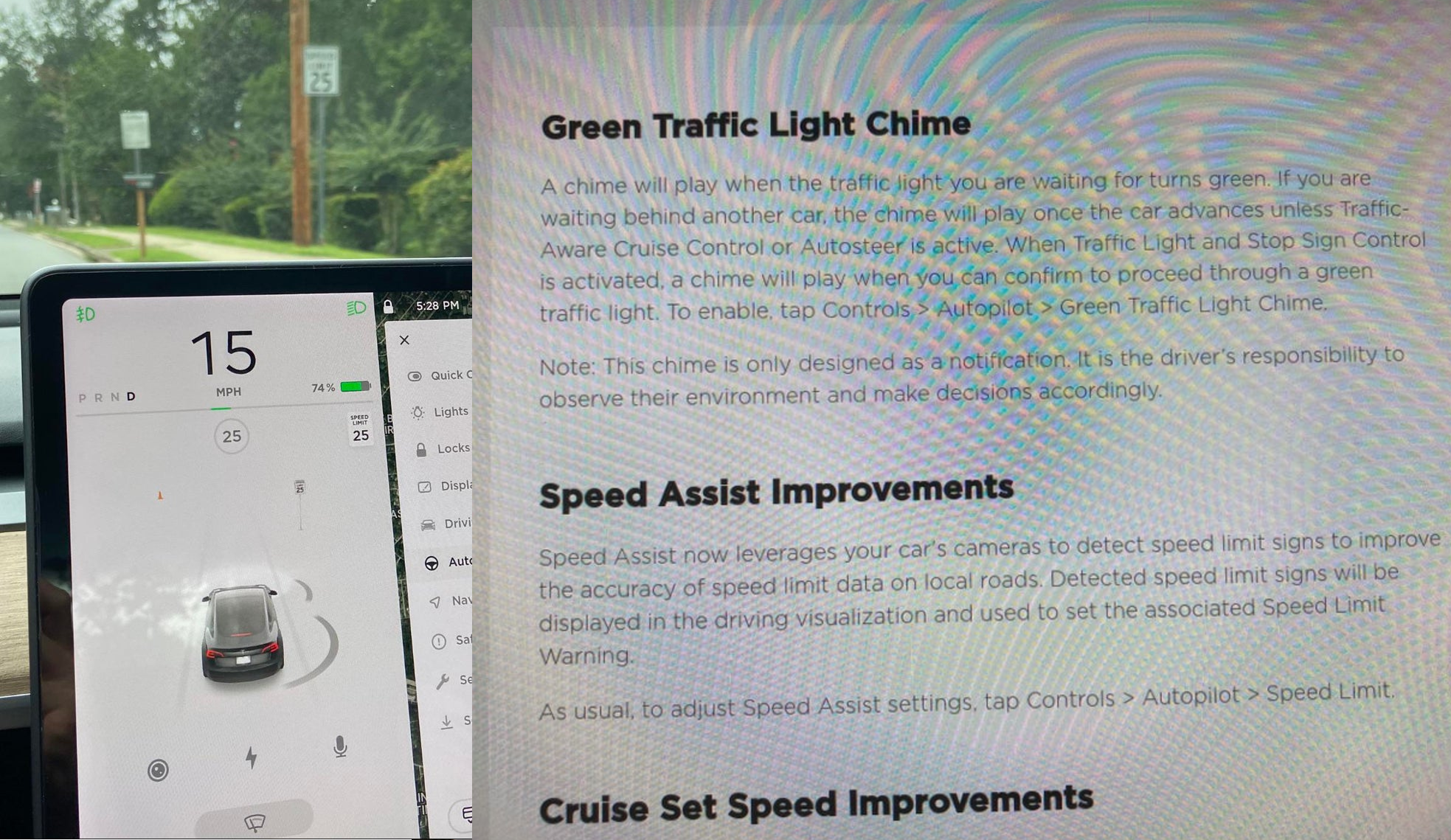
Tesla has started rolling out update 2020.36 this weekend, introducing a couple of notable new features for its vehicles. While there are only a few handful of vehicles that have reportedly received the update so far, 2020.36 makes it evident that the electric car maker has made some strides in its efforts to refine its driver-assist systems for inner-city driving.
Tesla is currently hard at work developing key features for its Full Self-Driving suite, which should allow vehicles to navigate through inner-city streets without driver input. Tesla’s FSD suite is still a work in progress, though the company has released the initial iterations of key features such Traffic Light and Stop Sign Control, which was introduced last April. Similar to the first release of Navigate on Autopilot, however, the capabilities of Traffic Light and Stop Sign Control were pretty basic during their initial rollout.
2020.36 Showing Speed Limit Signs in Visualization from r/teslamotors
With the release of update 2020.36, Tesla has rolled out some improvements that should allow its vehicles to handle traffic lights better. What’s more, the update also includes a particularly useful feature that enables better recognition of speed limit signs, which should make Autopilot’s speed adjustments better during use. Following are the Release Notes for these two new features.
Green Traffic Light Chime
“A chime will play when the traffic light you are waiting for turns green. If you are waiting behind another car, the chime will play once the car advances unless Traffic-Aware Cruise Control or Autosteer is active. When Traffic Light and Stop Sign Control is activated, a chime will play when you can confirm to proceed through a green traffic light. To enable, tap Controls > Autopilot > Green Traffic Light Chime.
“Note: This chime is only designed as a notification. It is the driver’s responsibility to observe their environment and make decisions accordingly.”
Speed Assist Improvements
“Speed Assist now leverages your car’s cameras to detect speed limit signs to improve the accuracy of speed limit data on local roads. Detected speed limit signs will be displayed in the driving visualization and used to set the associated Speed Limit Warning.
“As usual, to adjust Speed Assist settings, tap Controls > Autopilot > Speed Limit.”
Footage of the new green light chime in action via @NASA8500 on Twitter ✈️ from r/teslamotors
Amidst the rollout of 2020.36’s new features, speculations were abounding among Tesla community members that this update may include the first pieces of the company’s highly-anticipated Autopilot rewrite. Inasmuch as the idea is exciting, however, Tesla CEO Elon Musk has stated that this was not the case. While responding to a Tesla owner who asked if the Autopilot rewrite is in “shadow mode” in 2020.36, Musk responded “Not yet.”
Firmware
Tesla rolls out Sirius XM free three-month subscription
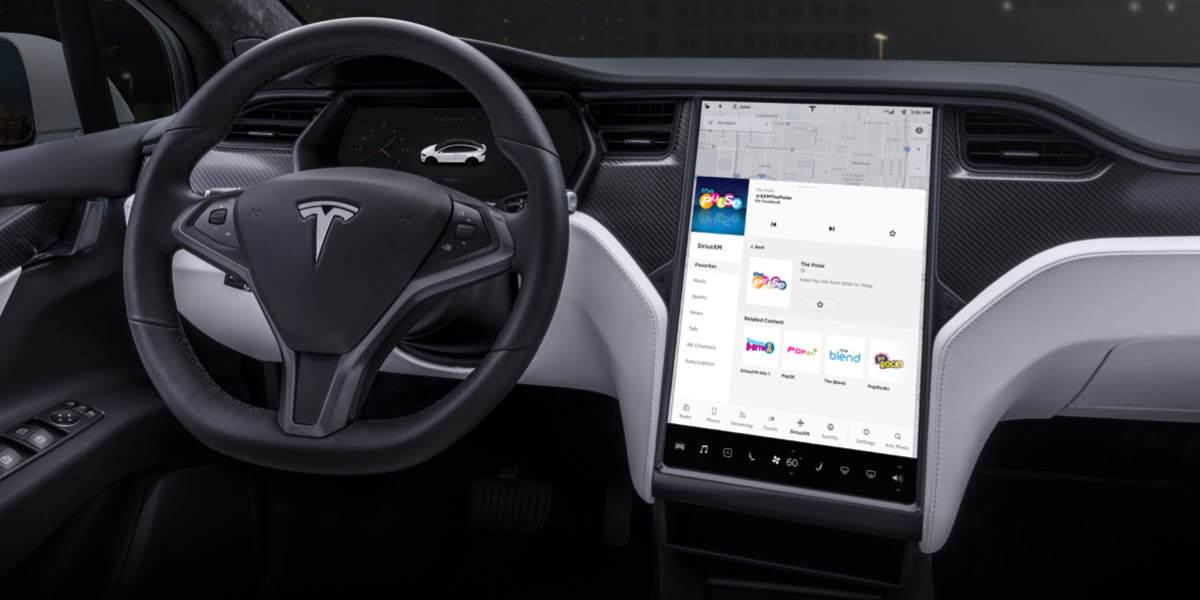
Tesla has rolled out a free three-month trial subscription to Sirius XM, in what appears to be the company’s latest push into making its vehicles’ entertainment systems more feature-rich. The new Sirius XM offer will likely be appreciated by owners of the company’s vehicles, especially considering that the service is among the most popular satellite radios in the country today.
Tesla announced its new offer in an email sent on Monday. An image that accompanied the communication also teased Tesla’s updated and optimized Sirius XM UI for its vehicles. Following is the email’s text.
“Beginning now, enjoy a free, All Access three-month trial subscription to Sirius XM, plus a completely new look and improved functionality. Our latest over-the-air software update includes significant improvements to overall Sirius XM navigation, organization, and search features, including access to more than 150 satellite channels.
“To access simply tap the Sirius XM app from the ‘Music’ section of your in-car center touchscreen—or enjoy your subscription online, on your phone, or at home on connected devices. If you can’t hear SiriusXM channels in your car, select the Sirius XM ‘Subscription’ tab for instruction on how to refresh your audio.”
Tesla has actually been working on Sirius XM improvements for some time now. Back in June, for example, Tesla rolled out its 2020.24.6.4 update, and it included some optimizations to its Model S and Model X’s Sirius XM interface. As noted by noted Tesla owner and hacker @greentheonly, the source code of this update revealed that the Sirius XM optimizations were also intended to be released to other areas such as Canada.
Interestingly enough, Sirius XM is a popular feature that has been exclusive to the Model S and X. Tesla’s most popular vehicle to date, the Model 3, is yet to receive the feature. One could only hope that Sirius XM integration to the Model 3 may eventually be included in the future. Such an update would most definitely be appreciated by the EV community, especially since some Model 3 owners have resorted to using their smartphones or third-party solutions to gain access to the satellite radio service.
The fact that Tesla seems to be pushing Sirius XM rather assertively to its customers seems to suggest that the company may be poised to roll out more entertainment-based apps in the coming months. Apps such as Sirius XM, Spotify, Netflix, and YouTube, may seem quite minor when compared to key functions like Autopilot, after all, but they do help round out the ownership experience of Tesla owners. In a way, Sirius XM does make sense for Tesla’s next-generation of vehicles, especially the Cybertruck and the Semi, both of which would likely be driven in areas that lack LTE connectivity.
-

 Elon Musk2 weeks ago
Elon Musk2 weeks agoTesla investors will be shocked by Jim Cramer’s latest assessment
-

 Elon Musk3 days ago
Elon Musk3 days agoxAI launches Grok 4 with new $300/month SuperGrok Heavy subscription
-

 Elon Musk5 days ago
Elon Musk5 days agoElon Musk confirms Grok 4 launch on July 9 with livestream event
-

 News1 week ago
News1 week agoTesla Model 3 ranks as the safest new car in Europe for 2025, per Euro NCAP tests
-

 Elon Musk1 week ago
Elon Musk1 week agoxAI’s Memphis data center receives air permit despite community criticism
-

 News2 weeks ago
News2 weeks agoXiaomi CEO congratulates Tesla on first FSD delivery: “We have to continue learning!”
-

 News2 weeks ago
News2 weeks agoTesla sees explosive sales growth in UK, Spain, and Netherlands in June
-

 Elon Musk2 weeks ago
Elon Musk2 weeks agoTesla scrambles after Musk sidekick exit, CEO takes over sales

